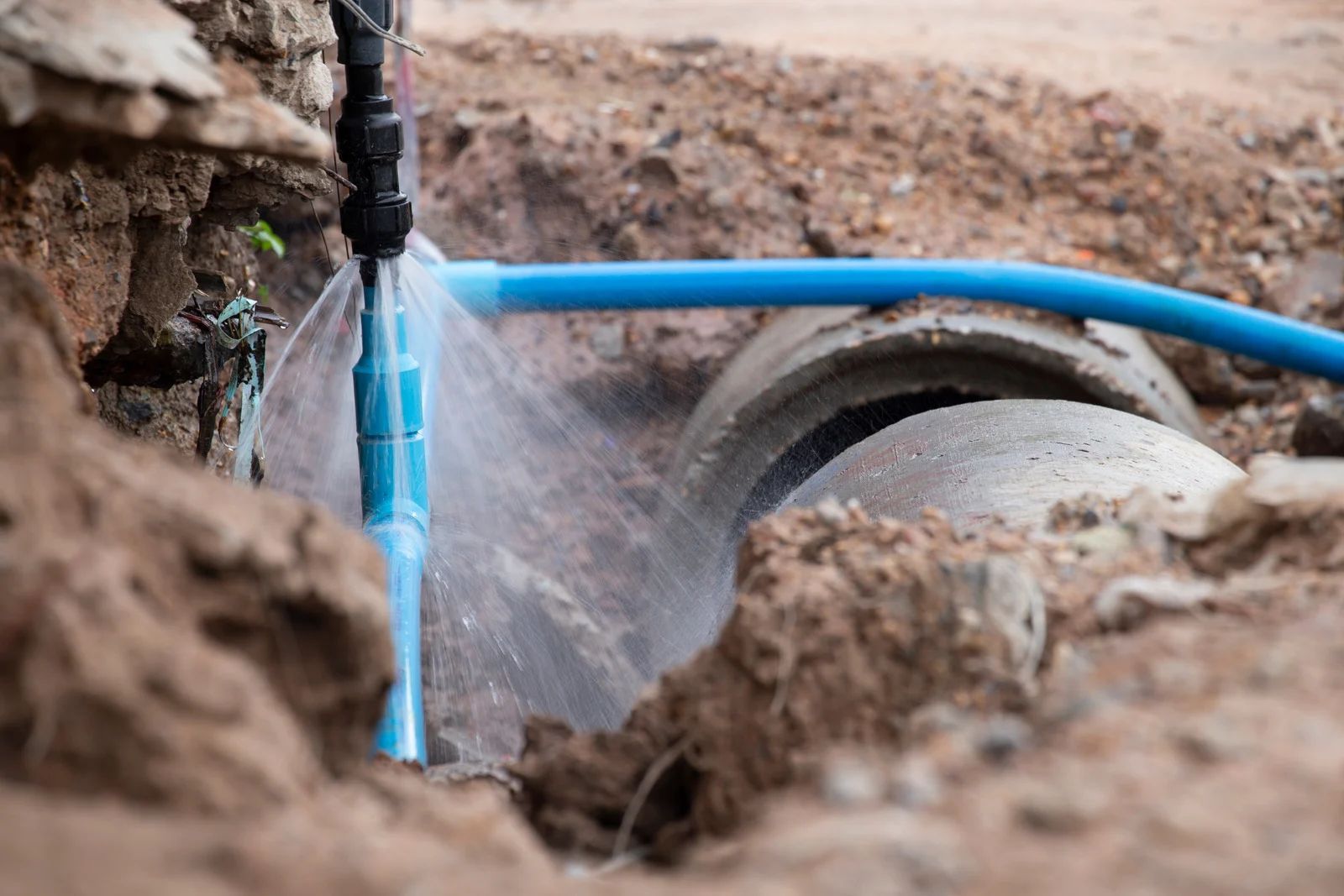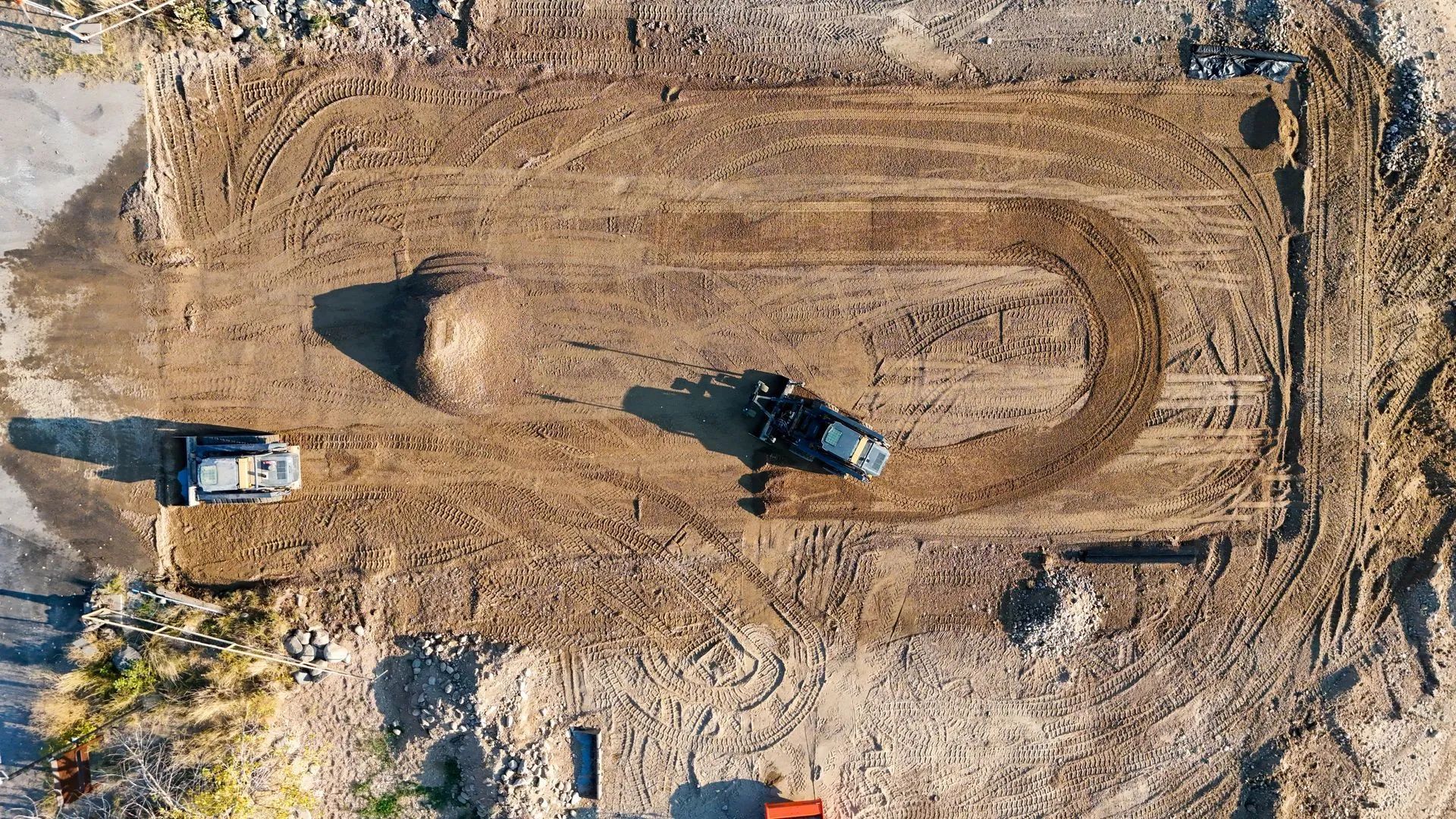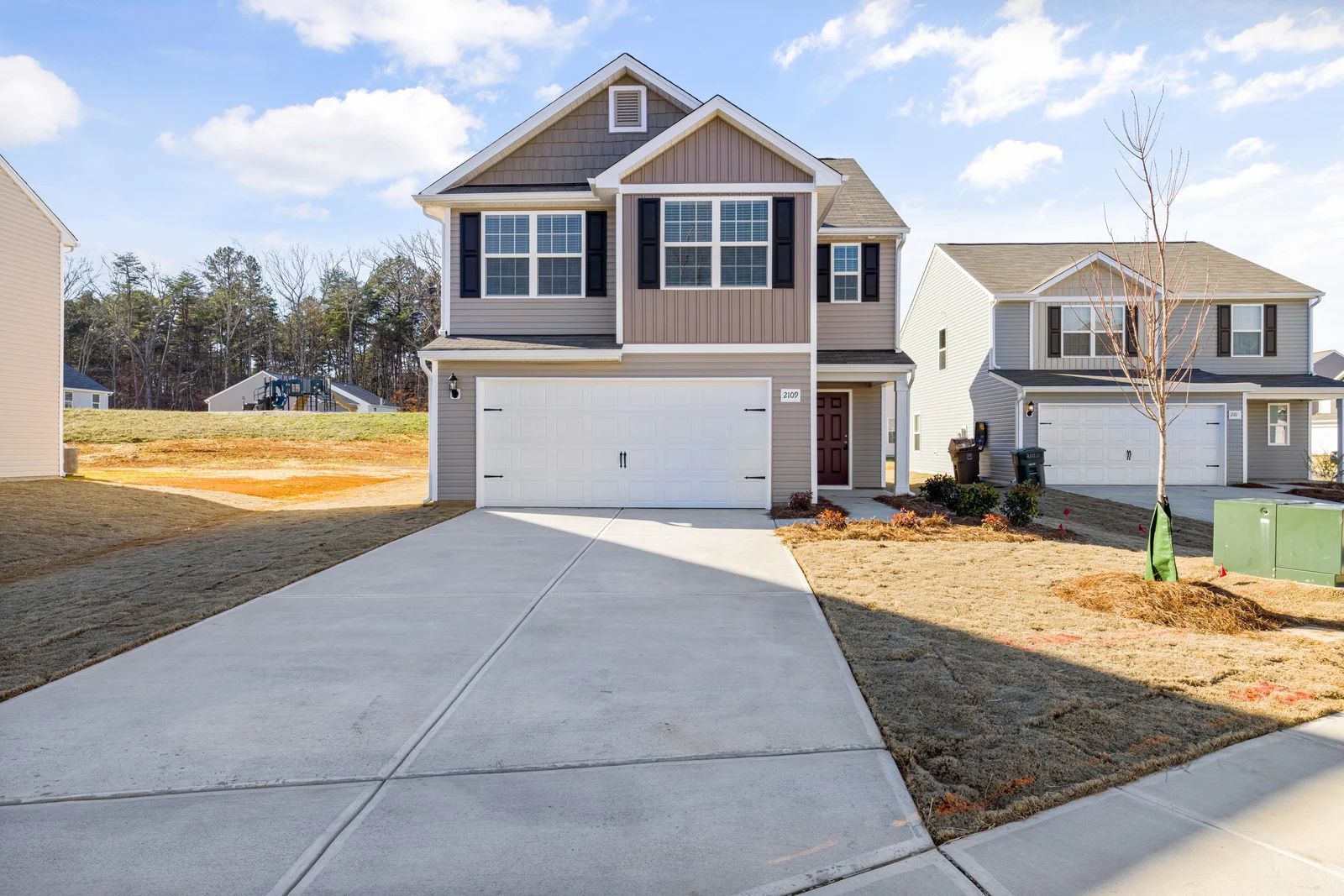Septic System Installation in Mesa County: A Homeowner’s Guide
Installing a septic system in Mesa County is a significant step for any homeowner building or upgrading a property in a rural area. With no access to municipal sewer lines in many parts of Western Colorado, a properly designed and installed septic system is essential for waste management, health, and environmental safety. Whether building a new home near Palisade or replacing an aging system, here's what you need to know before starting.
Understand Local Regulations and Permits
Mesa County mandates septic system installations to follow strict guidelines. Homeowners must apply for an Onsite Wastewater Treatment System (OWTS) permit, which includes a site plan, soil analysis, and percolation test results. The Mesa County Health Department will review the application and inspect the site for setback and design compliance. Permit approval is essential—starting a septic project without one may incur fines and delays. A licensed contractor can assist with paperwork and ensure compliance with county standards.
Conduct a Site Evaluation and Soil Testing
Before digging, perform a soil analysis and percolation test. These tests assess how well the soil absorbs and treats wastewater, guiding the type and size of the system needed. Clay-heavy or rocky soil may require engineered solutions like sand filters or advanced treatment units. In Mesa County, this evaluation is essential for both permitting and the system's long-term success, ensuring effective wastewater filtration before it reenters the ground.
Choose the Right Type of Septic System
There are several types of septic systems, and the best one for your home depends on site conditions, household size, and local regulations. The most common systems in Mesa County include:
- Conventional (Gravity-Fed) System: Uses gravity to move wastewater through the tank and into a drainfield.
- Pressure Distribution System: This system uses pumps to distribute effluent evenly, and it is ideal for areas with shallow or inconsistent soil.
- Advanced Treatment Units: Used in sensitive environmental areas, offering higher filtration and treatment levels.
Your contractor will help you select the right system based on soil test results and your property's topography.
Plan for Drainfield Location and Design
The drain field, or leach field, disperses treated wastewater into the soil. Mesa County regulations mandate specific setbacks from wells, water bodies, property lines, and structures. It must be large enough to manage peak wastewater flows from the home. Proper design and installation are essential, as poorly constructed systems can cause backups, odors, or groundwater contamination. Always collaborate with a contractor familiar with local codes.
Prepare for Excavation and Installation
Installation begins once permits and design are approved. Excavation for the tank and trenches needs careful attention to depth, slope, and soil integrity. In Mesa County’s diverse terrain—from clay-rich Palisade orchards to rocky higher-elevation areas—excavation challenges can vary significantly. Timely inspections during installation ensure compliance at each stage. After completion, the system must pass a final county inspection before backfilling and use.
Trust Local Pros for Your Septic System Needs
A successful septic system installation starts with local expertise. At Wiseland Construction & Excavation, we bring over 15 years of combined experience serving Palisade and surrounding areas in Mesa County, CO. From permitting and soil testing to installation and inspection, we guide you through every step. Contact us today to get your project started with confidence.



